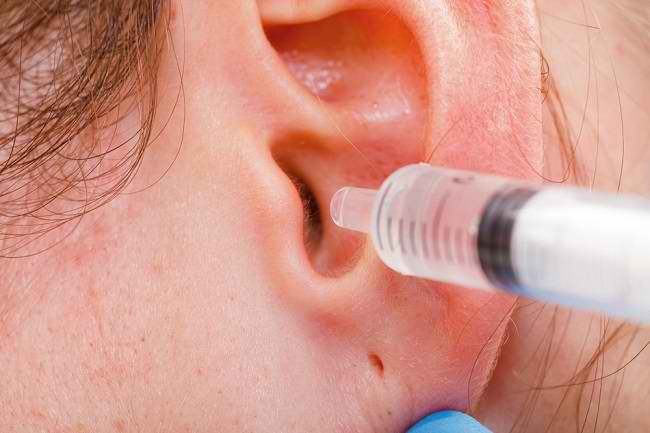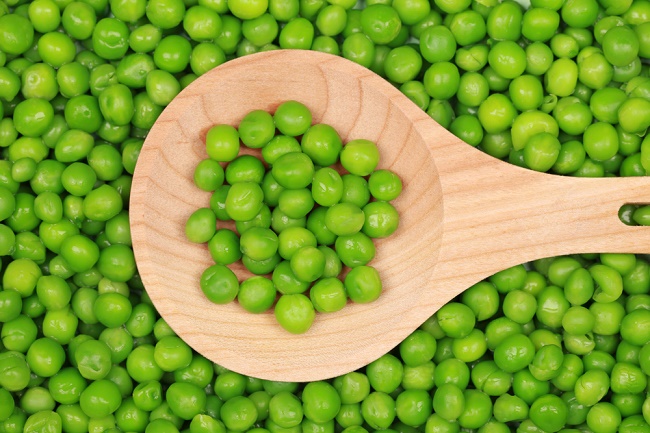Crying or shedding tears is one way to express emotions. But behind the emotional impression, it turns out that there are some interesting facts about tears that are not widely known.
Tears are produced by the lacrimal gland located in the upper eyelid. In addition to expressing emotions, it turns out that tears also play an important role in maintaining eye health, such as moisturizing the eyes to prevent dry and irritated eyes, as well as providing nutrition to the eyes.

Tears are made up of several layers
Tears consist of three layers. Each tear layer contains various nutrients, such as potassium, sodium, protein, glucose and fat. These nutrients are then used to protect and lubricate the surface of your eye.
The following are the layers found in tears:
Water layer
This is the thickest layer in the tear structure. The water layer functions to remove dirt that enters the eye, moisturizes the eye, and protects the cornea.
Oil layer
This layer contains more fat. This high fat content is useful for slowing evaporation on the surface of the eye.
Slime layer
This layer is useful for coating the surface of the eye which will help tears adhere to the eye. Without this mucus layer, tears would appear to dry out like crusts around the eyes.
Tears are Produced by Function and Cause
Although they look the same, there are actually several types of tears, and their functions are also different. The types of tears are:
Basalt tears
Basal tears are a type of tear that serves to protect and lubricate the eye. This type of tear is usually produced every day by the lacrimal gland, so it keeps the eyes moisturised and prevents dry eyes and eye infections.
Reflex tears
This type of tear will be produced when the eye gets a stimulus from outside the body that can cause irritation. For example, when the eyes are exposed to dust, smoke, or when slicing onions. So, when the eye is irritated, the lacrimal gland will automatically produce these tears to protect and lubricate the eye.
Emotional tears
These types of tears generally form when you are feeling sad, moved, or happy. These tears contain stress hormones and pain-relieving hormones, namely prolactin and enkephalin.
In the past, these emotional tears were considered to have no function. But now, several studies have found that emotional tears can help reduce stress and emotional stress, so it's only natural that crying will make you feel better.
Some Causes of Decreased Tears
There are several conditions that can decrease tear production, including:
1. Aging
Old age is a risk factor for dry eyes. This condition is more common in people over the age of 50. Some research shows that tear production can be reduced in the elderly due to reduced amounts of protein in tears and weakened lacrimal gland function.
2. Infection of the lacrimal gland (dacryoadenitis)
This condition occurs when viruses and bacteria infect the lacrimal gland, causing inflammation in that area. This infection can decrease the function of the lacrimal gland in producing your tears.
3. Autoimmune disease
Some autoimmune diseases can affect the lacrimal gland in producing tears, for example rheumatoid arthritis, diabetes, lupus, scleroderma, and Sjögren's syndrome. In addition, several other diseases, such as thyroid hormone disorders, vitamin A deficiency, and blepharitis, can also inhibit tear production.
4. Drug side effects
Taking certain medications can also affect the lacrimal gland in producing tears. Drugs that can decrease lacrimal gland function include antihistamines, decongestants, antidepressants, hypertension drugs, and birth control pills.
Because tears have an important function in maintaining eye health, their production needs to be maintained. If your eyes feel dry, you can use artificial tear drops.
If the production of tears is often problematic, you should consult an ophthalmologist for further examination and treatment.









